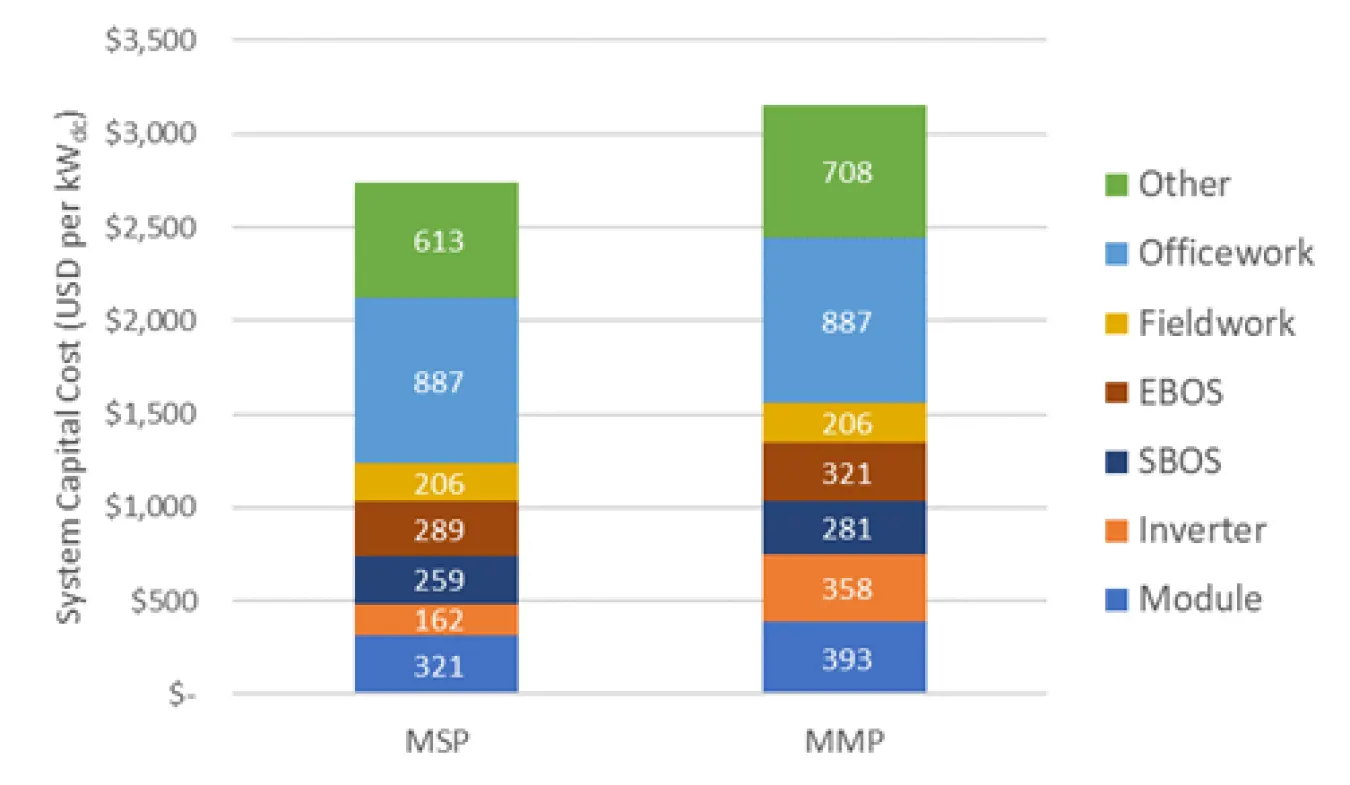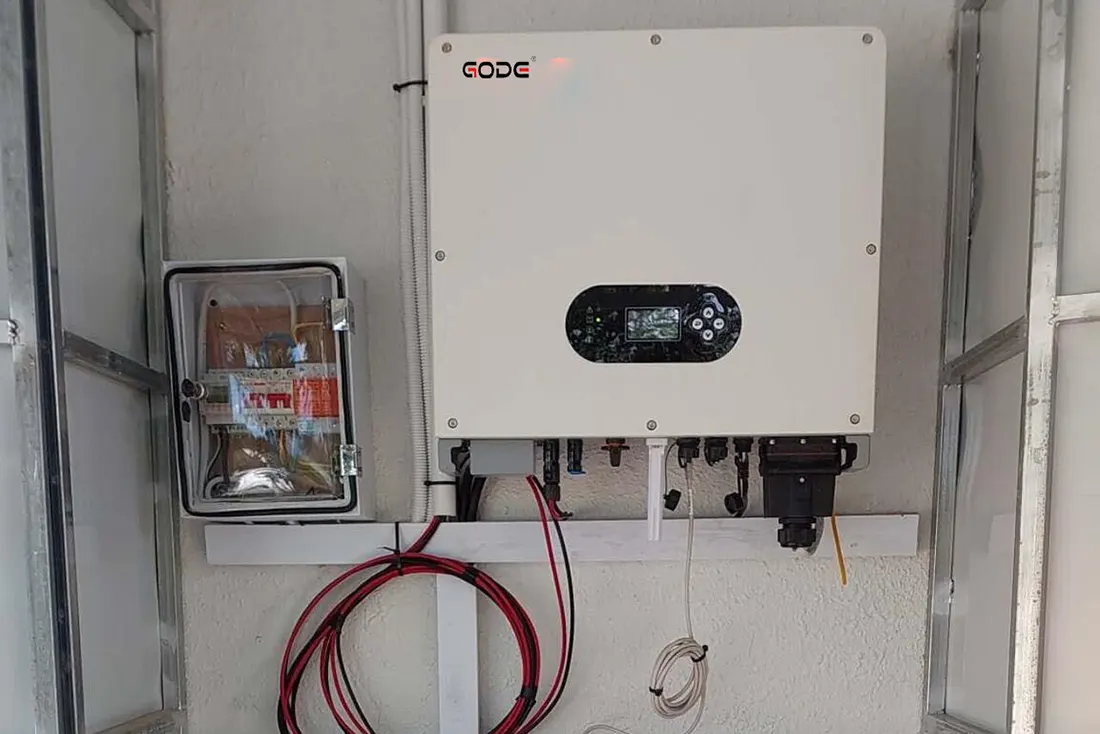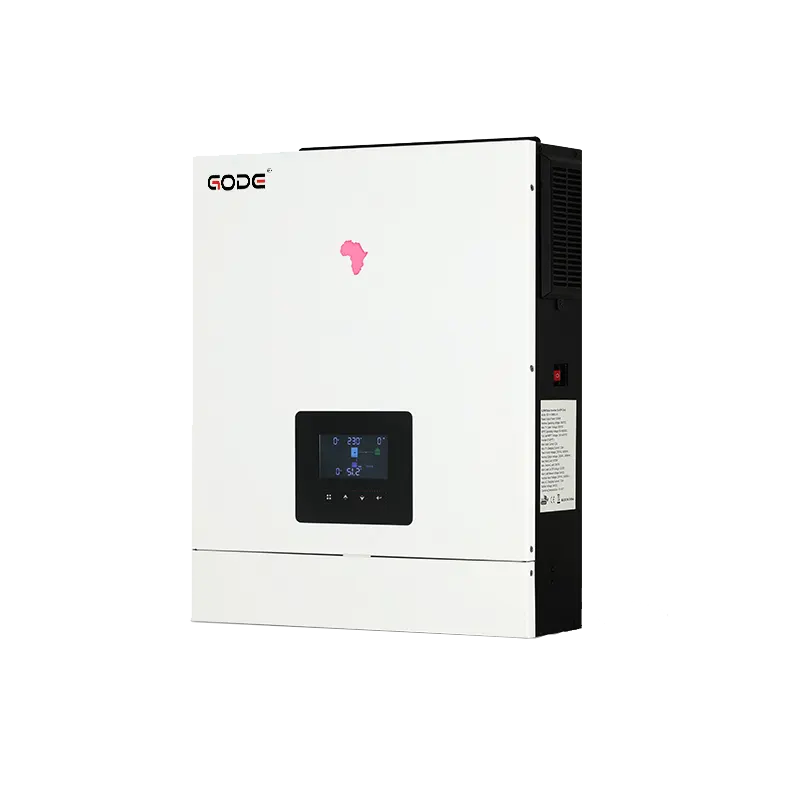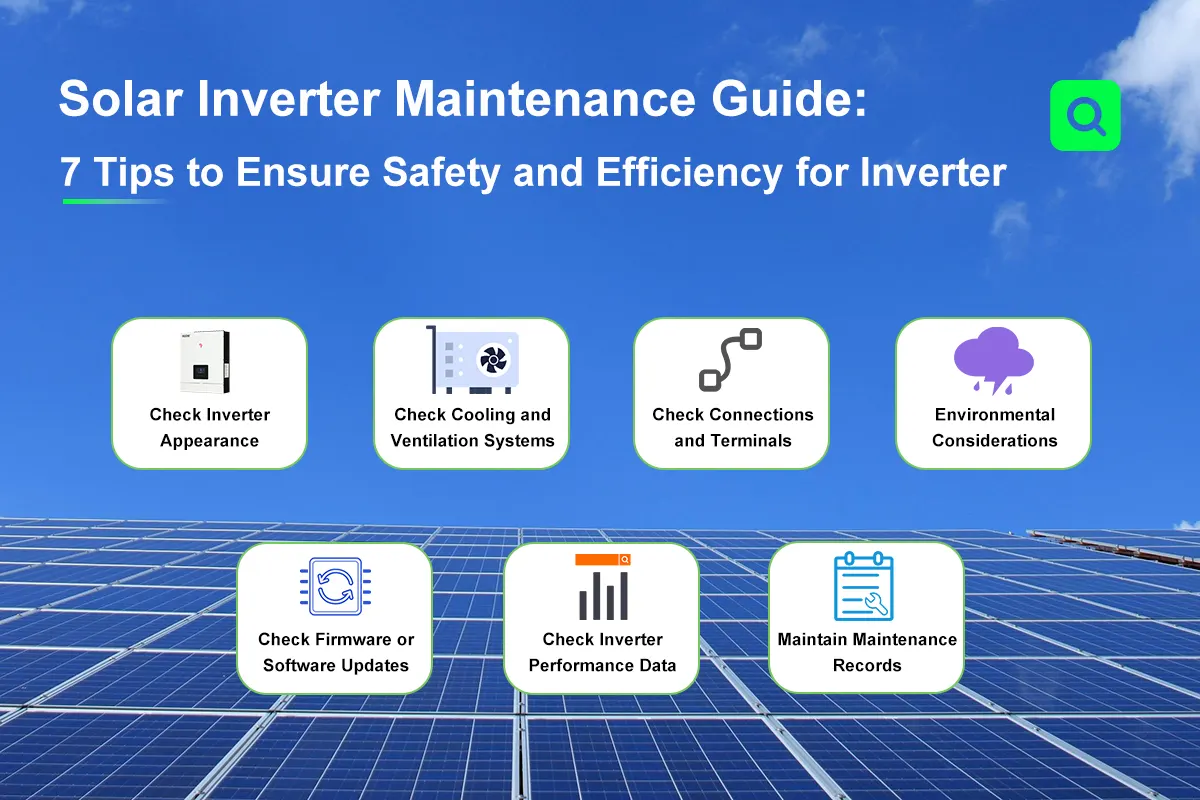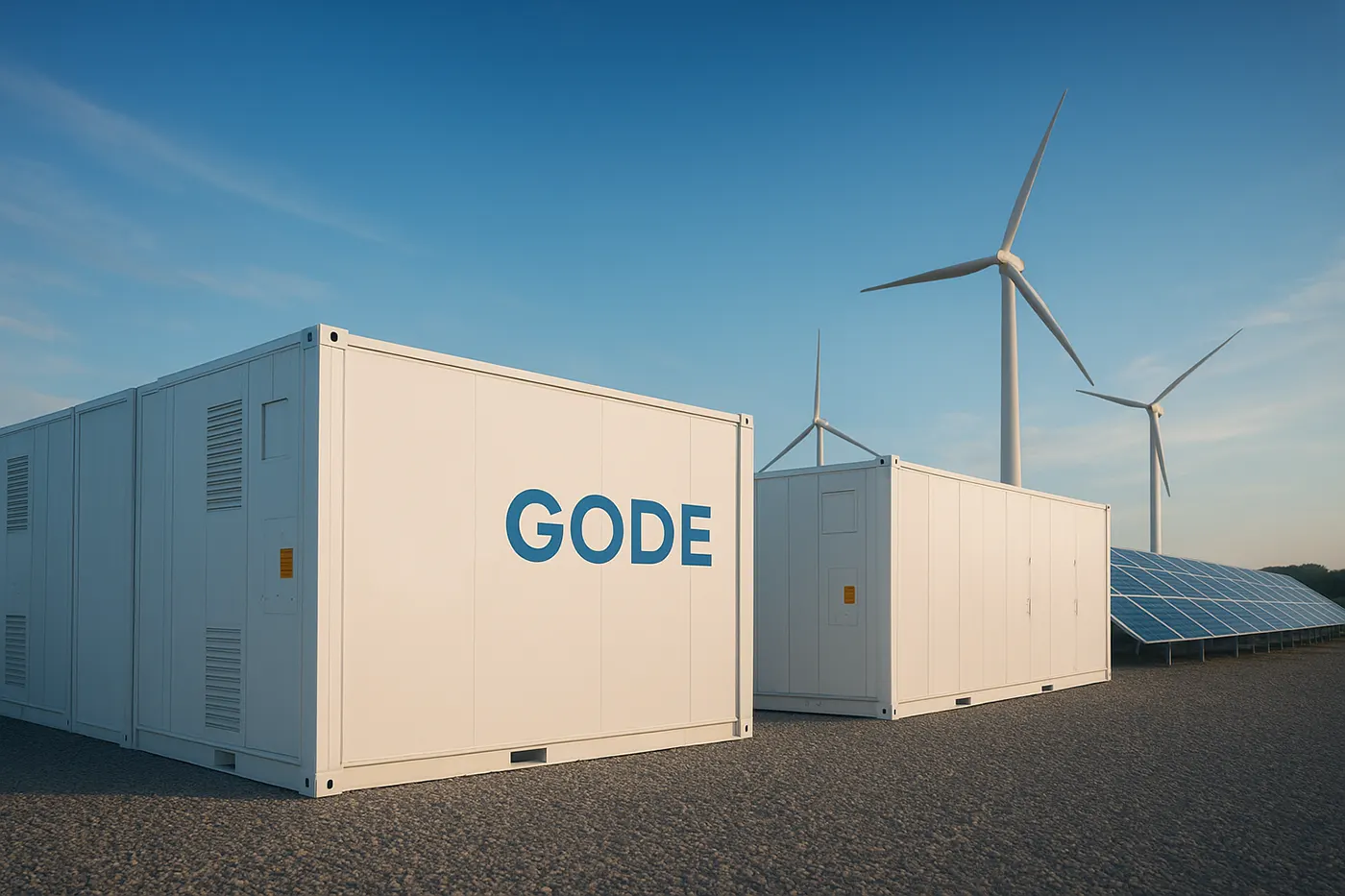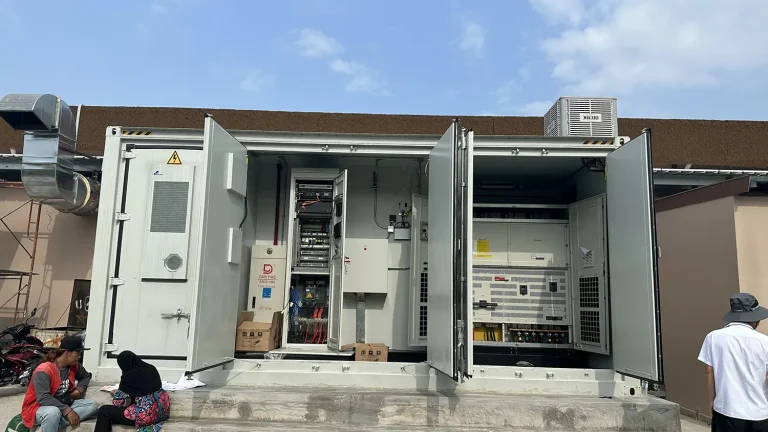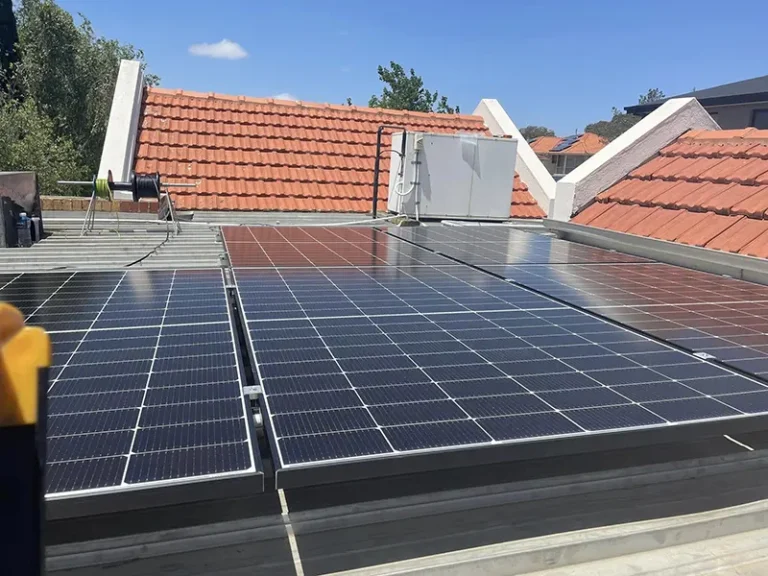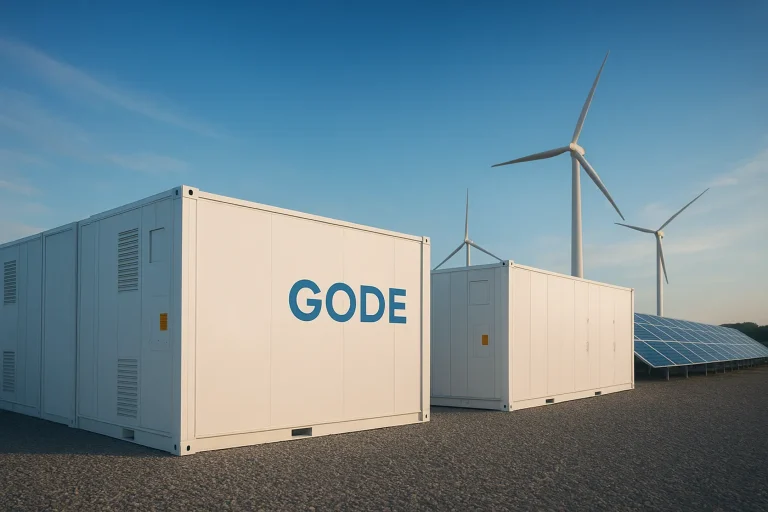20 June, 2025
How Much Solar do I Need for My House? Complete Guide to Sizing, Cost & Installation
As the world steadily shifts toward green energy, many homeowners are turning to solar power to achieve energy independence and reduce their carbon footprint. But when it comes to installing solar, one of the most common questions is: “How many solar panels do I actually need?” You’re definitely not alone in wondering about the right system size for your home.
However, before moving forward, it’s essential to understand a few key factors: your household’s electricity usage, local sunlight availability, available roof space, net metering policies, and your long-term energy goals.
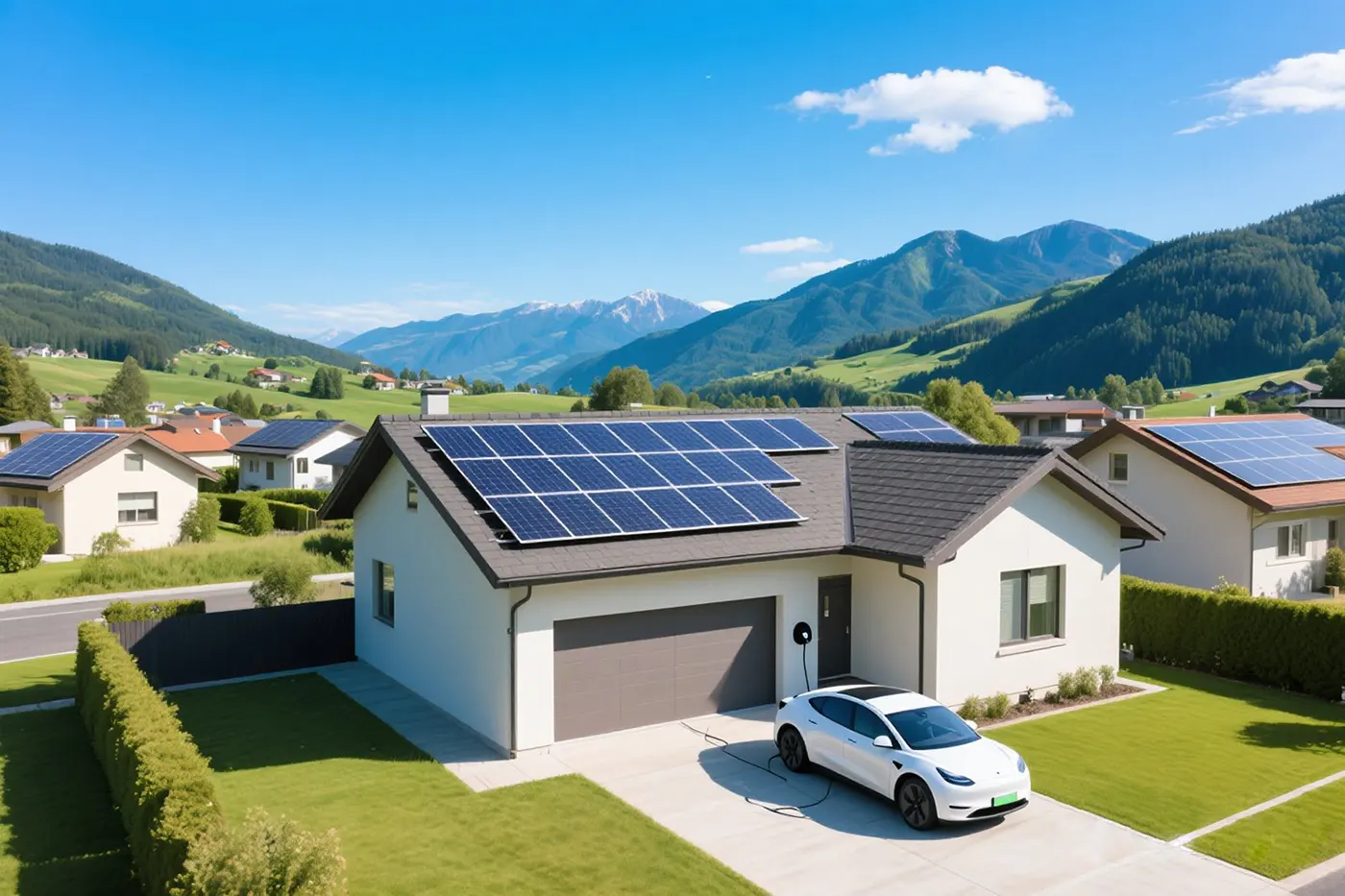
In this comprehensive guide, we’ll walk you through the main factors that affect how much solar you need, how to estimate your ideal system size, sample configuration guidelines, and other important considerations.
What Affects How Much Solar You Need?
Your Average Electricity Usage
First, calculate your average daily electricity consumption. If you have access to your utility bills, check your annual usage. For reference, the average U.S. household used about 10,791 kWh in 2022—approximately 899 kWh per month or around 30 kWh per day.
If you don’t have past bills, you can estimate your usage by listing common household appliances and their average operating hours. If you’re unsure, we can help guide you through a quick calculation.
Sunlight Hours in Your Area
The solar irradiance conditions may specifically include the following factors: sunlight intensity, sunlight angle, duration of sunlight, and climatic conditions.
1. Sunlight Hours in Your Area
The stronger the sunlight, the more energy solar panels receive and the higher their power output. On cloudy days or during sunrise and sunset, output drops significantly.
2. Angle of Sunlight
Panels receive maximum energy when sunlight hits them perpendicularly. Low-angle or indirect sunlight reduces output, which is why tilt and tracking systems matter.
3. Sunlight Duration
The longer the sunlight exposure throughout the day, the more energy your solar panels can produce. In summer, longer daylight hours allow for extended power generation.
4. Climate Conditions
Clear skies lead to better solar performance than cloudy, foggy, rainy, or snowy conditions.
Roof Size and Orientation
The orientation and size of your roof significantly affect solar output. In the Northern Hemisphere, south-facing roofs receive the most direct sunlight throughout the day and are ideal for solar installation. East- or west-facing roofs may experience a 10–20% drop in efficiency.
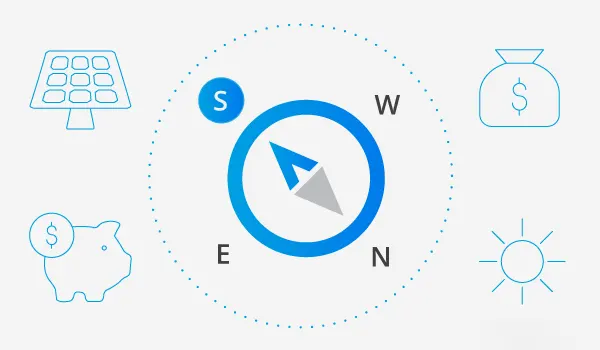
Orientation is more critical than the tilt angle. Most roof angles can accommodate solar systems effectively, but having limited roof space poses a more significant constraint.
A standard solar panel typically takes up about 1.7–2 square meters. A common 6kW system, which uses around 15 panels, requires approximately 28–32 square meters—excluding space taken up by chimneys, skylights, or vents. This makes roof space a critical factor.
Net Metering & Incentives
When estimating the size of your home solar system, don’t overlook local net metering policies and solar incentives. These can significantly reduce your upfront investment and influence how much solar capacity you need.
Net Metering
This allows you to send excess solar power back to the grid in exchange for bill credits. Think of it as
“storing” your solar energy in the grid during the day and “withdrawing” it at night.
If your area offers full 1:1 net metering, you only need a system that matches your average annual usage. If net metering is reduced, a solar battery becomes more important. Without net metering, a larger system with storage may be the better choice.
Solar Incentives and Subsidies:
Many governments and regions provide incentives or rebates to encourage solar adoption. These can speed up your return on investment and lower installation costs.
For example, the U.S. offers a Residential Clean Energy Credit, allowing homeowners to deduct 30% of the cost of eligible systems installed from 2022 to 2032.
In the UK, the Smart Export Guarantee (SEG) program compensates homeowners for excess solar energy exported to the grid through a smart meter, paying per kilowatt-hour.
How to Estimate the Solar Power You Need
In an ideal case, you can calculate how many solar panels you need by dividing your annual electricity usage by your region’s solar productivity, then dividing that number by the output of a single solar panel.
Calculation Based on Daily Usage and Sunlight Hours
Basic Formula: P = E / (t × η):
- P = required solar system power (in watts)
- E = average daily electricity consumption (in kWh)
- t = average peak sunlight hours per day in your region
- η = solar system efficiency, typically around 0.8
For example, a typical household in California uses around 30 kWh per day and receives about 5 hours of effective sunlight per day.
Using the formula: P=30 ÷ (5×0.8)= 7.5 kW. So, a 7.5 kW solar system would be needed.
Assuming each solar panel is 400W, you would need approximately 18 to 20 panels to meet your daily energy needs.
Estimation Based on Roof Size
The installation area of a solar system depends on its total capacity, panel wattage, panel efficiency, and installation layout.
Using a standard 400W panel (each approximately 1.7 m²), here is the estimated roof area needed for various system sizes:
| System Size | Number of Panels | Required Area (m²) | Required Area (ft²) |
| 3 kW | 8 panels | ~13.6 m² | ~146 ft² |
| 5 kW | 13 panels | ~22.1 m² | ~238 ft² |
| 8 kW | 20 panels | ~34.0 m² | ~366 ft² |
| 10 kW | 25 panels | ~42.5 m² | ~457 ft² |
| 15 kW | 38 panels | ~64.6 m² | ~695 ft² |
Actual required space may vary slightly depending on roof orientation, shading, and panel layout.
If your roof has sufficient space, using slightly lower-wattage panels may help reduce overall system cost.
However, if roof space is limited, we recommend opting for high-efficiency panels to maximize output within a compact area.
Examples Based on Home Size
The configuration of a home solar system mainly depends on:
- House size (correlates with energy usage)
- Number of residents and energy consumption habits
- Local solar irradiance
- Presence of a battery system
Here is a general reference for solar configurations based on typical U.S. homes (assuming 4.5 sunlight hours/day and 80% system efficiency):
| Home Type | Home Size | Avg. Daily Electricity Usage | Recommended System Size | Estimated Roof Area (400W Panels) |
| Apartment (1 person) | <80 m² | ~8–10 kWh/day | 2–3 kW | ~13–20 m² |
| Small House (1–2 people) | 80–120 m² | ~12–15 kWh/day | 4–5 kW | ~20–25 m² |
| Medium House (3–4 people) | 120–180 m² | ~20–25 kWh/day | 6–8 kW | ~30–40 m² |
| Large House (5+ people) | 180 m² | 30–35+ kWh/day | 8–12 kW | ~40–60 m² |
If your home includes electric vehicle (EV) charging stations or high-power appliances (like pool pumps), consider increasing system capacity by 20–40%.
FAQs
How much does a 6kW solar system cost?
(1) Grid-Tied System: For most households, a grid-tied solar system is the most economical and common choice.
Depending on the complexity of installation and equipment brands, the current market price is around $555–$667 per kW. Installing a 6kW grid-tied system typically costs $3,330–$4,000 USD, including solar panels, inverter, mounting brackets, and basic labor. Exact pricing may vary by region.
(2) Off-Grid System: Off-grid systems are more expensive as they require battery storage to ensure power availability at night and during cloudy days.
In South Africa, an off-grid system suitable for a 2–3 bedroom home typically costs ZAR 350,000–400,000 (approx. $24,300–$27,800 USD) and usually includes solar panels, lithium batteries, a charge controller, an inverter, and an optional diesel generator.
Can I go 100% off-grid?
Yes, it is possible to go completely off-grid with a solar system. However, unless you have a large battery bank to supplement your panels, it’s not practical to rely solely on solar without grid backup.
Batteries serve as your energy reservoir, ensuring you have enough electricity to power your home 24/7 — especially during low-sunlight periods.
Will solar increase my home value?
While it’s hard to assign an exact dollar figure, most experts agree that solar panels increase property value. According to Zillow Research, U.S. homes with solar systems sold for an average of 4.1% more than comparable homes without them over the past year.
The degree of added value depends on location, system quality, and system size, but solar power generally provides positive ROI on home value.
Conclusion
Choosing solar power is not just about saving on electricity bills, but also about embracing a greener, more sustainable lifestyle.
To find the most suitable solar solution, it’s essential to understand your energy habits, roof characteristics, local sunlight conditions, and available government incentives.
If you’re unsure where to start, feel free to contact our solar consultants. We offer free energy assessments and personalized system recommendations. Whether you’re considering a grid-tied or off-grid system, we’re here to help you power your future with clean energy.
share

